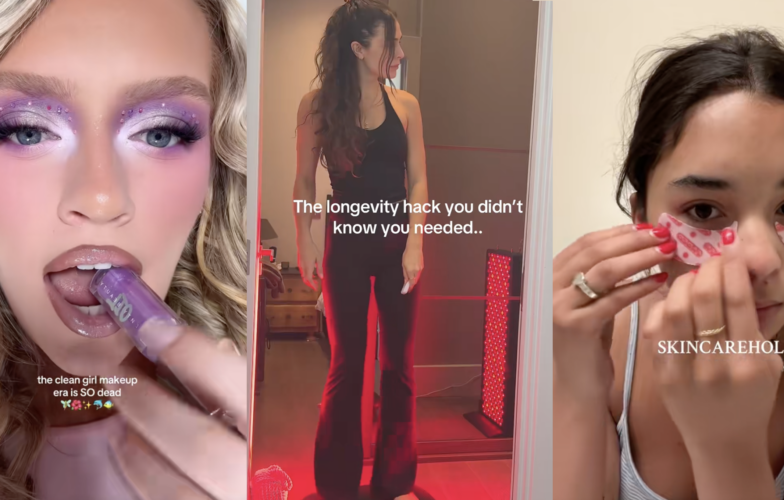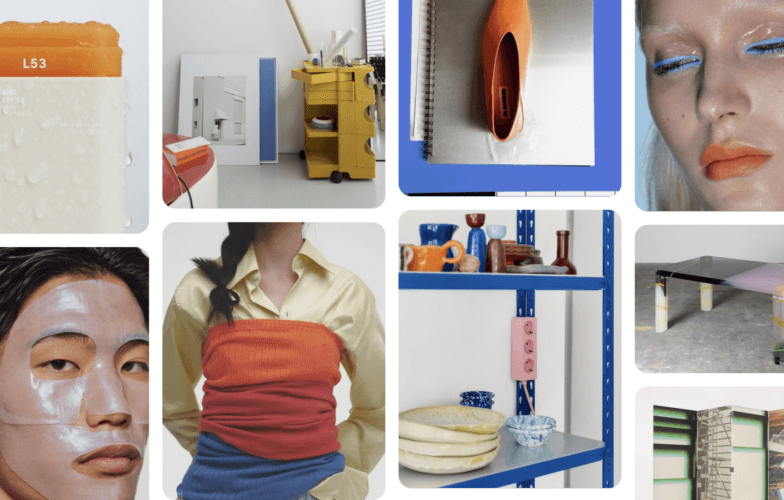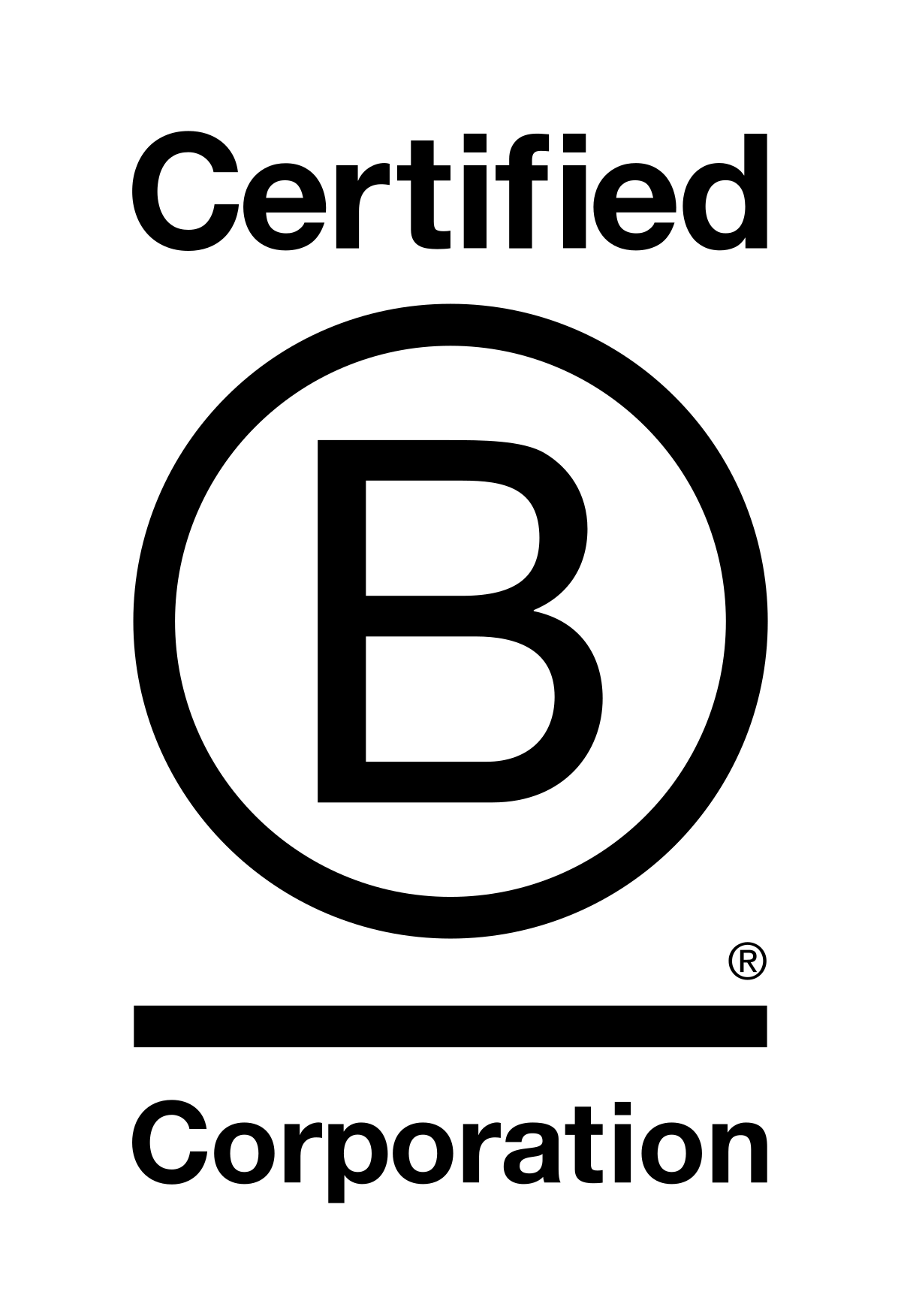
TikTok Beauty Trends - September 2024
Every month NellyRodi beauty experts show you a selection of the most interesting trends on TikTok. Here’s the update for September 2024!
Sleepmaxxing: a new sleep paradigm
In a world where wellness and beauty take a holistic approach, sleepmaxxing is emerging as one of the key trends on TikTok. In this more integrated view of body and mind, sleep is becoming a priority, seen not just as a basic need but as a genuine tool for performance and regeneration. According to NellyRodi’s “Beauty Goes 360” report, the distinction between beauty and wellness is fading, giving way to an attitude that includes elements such as nutrition, sports and now sleep. Sleepmaxxing fits into this quest for optimization, with each night seen as an opportunity to improve recovery and overall wellbeing.
A wellness obsession
With over 40 million views under the #sleepmaxxing hashtag on TikTok, it’s clear that sleep is becoming a new wellness obsession. Once considered merely a way to rest the body, sleep is now the basis for new routines and innovative products that range from weighted sleep masks to blackout curtains and sleep tracking devices. These tools aim to turn each night into a restorative ritual to optimize physical and mental health.
According to a 2023 McKinsey study, 30% of consumers already use sleep-related products and services (The State of Fashion: Beauty, McKinsey, 2023). Among these products, connected devices like the Oura ring and biohacking apps help track and optimize sleep quality. This constant search for improvement reflects a growing need to quantify wellness.
A new category of wellness
Sleepmaxxing marks a break from the traditional view of sleep. Consumers no longer simply hope for a good night’s rest; they calculate, analyze and optimize it. TikTok influencers show off exacting nighttime routines involving magnesium supplements, mouth tape and biohacking techniques in a trend that turns sleep into a central pillar of modern wellbeing. Videos promising a 34% increase in deep sleep thanks to biohacking illustrate the excitement around using technology to control this biological function. Sleep is no longer just restorative; it has become a performance goal, measured by precise indicators and optimized through sophisticated rituals.
@kylegotcamera How to get 34% more deep sleep #deepsleep #sleephack #biohacking #biohackingtip ♬ original sound – Kylegotcamera
Recipes for #sleepygirlmocktail are circulating on TikTok, shared not only by consumers but also amplified by wellness experts:
@izapizzapie The OG sleepy girl mocktail 💤 #sleepygirlmocktail #sleepygirlmocktailrecipe ♬ original sound – Izapizzapie
@doctorsoodHave you tried this?♬ original sound – DoctorSood, M.D.
Towards a sleep revolution
Sleepmaxxing transforms sleep into a status symbol that’s synonymous with personal success and balance. Once overlooked, sleep is now becoming a top wellness priority, a reflection of the overall wellbeing revolution. The race to optimize sleep is only just beginning, and its impact will be felt in both consumer behaviors and the strategies of brands seeking innovation. In this new ecosystem, anticipating consumer needs and offering enriching, tech-enhanced experiences are becoming key to capturing a rapidly expanding market at the intersection of wellness, health and technology.
Ozempic: when thinness becomes an obsession again
On TikTok and social media, influencers and celebrities are now promoting slimming products originally intended for people with diseases like diabetes. These ultra-effective slimming solutions such as #ozempic (260,000 posts on TikTok) and similar products such as Wegovy are available without a prescription and are now key options in the quest for a perfect body.
Ozempic was originally designed to treat type 2 diabetes, but today, through social media, it has become a worrying symbol of the return of the cult of thinness. According to the Vogue Business Size Inclusivity Report, the representation of plus-size models has dropped since 2022. For the Fall-Winter 2024 Fashion Week, plus-size models represent only 0.8% of the total! This trend, observed globally, is deeply affecting young people’s perceptions of their bodies.
In the United States, the phenomenon is so significant that it is causing a profound change in the perception of beauty and wellness. This growing demand is limiting the availability of these medications for diabetic patients, making it difficult for them to access the drug.
@jasminevenerisOzempic update ✨ fitting into those jeans is such a highlight to the year already, im glad i started on this journey!♬ What Love Is – Zimmer90
According to a study published in the United States by the “Journal of the American Medical Association,” weekly prescriptions for Ozempic and for Wegovy injections (both produced by the Danish laboratory Novo Nordisk) have increased by 600% over the past three years among 12- to 25-year-olds. These impressive figures raise concerns, with many specialists warning of the dangers of overdosing or improper treatment, particularly for people with eating disorders and especially among the young.
On X, billionaire Elon Musk speaks openly about using these medications. Ozempic is widely used in Hollywood, New York, Westminster and the fashion industry. In New York, ads in the subway even promote the drug. We now talk about the “Ozempic face” phenomenon: people with faces that become hollow with a loss of volume, sunken cheeks and sagging skin. The molecule can also cause an aversion to alcohol in some users. The look is creating new demand for filler injections, delighting esthetic doctors.
Brands are capitalizing on the Ozempic trend by launching new products and services related to weight management. Retatrutide, from American pharmaceutical company Eli Lilly, is a new competitor that claims to be even more powerful than Ozempic. The race for body perfection is driving innovations – from supplements to tracking technologies – all offering increasingly sophisticated solutions. In other versions, Kourtney Kardashian Barker’s supplement brand Lemme has just launched Lemme GLP-1 Daily, a new product positioned as a more natural alternative.
This is a worrying return to beauty standards to the detriment of inclusivity. On TikTok and other social media, the Ozempic phenomenon clearly shows how new beauty norms can be shaped by viral and media trends and amplified by high-profile personalities. What’s different today is the ease of access to these solutions, letting beauty goals be quickly achieved, often at a lower cost than a gym membership. It remains to be seen how regulators will respond to this market and what long-term studies will reveal about the effects of these products.
Why are "unsexy” products sexy?
The TikTok #unsexyproducts trend celebrates hygiene products that, while not aesthetically pleasing, meet real needs. Despite often minimalist marketing, these products are gaining a wide audience due to their effectiveness. Only 48% of Generation Z choose their products based on branding or aesthetics (NellyRodi’s 2023 “Unfolding Gen Z Beauty” report). For these consumers, these items, often addressing intimate health issues, are presented on social media as beauty products. Gen Z looks for advice on TikTok and is increasingly open to discussing their private well-being without taboos.
For this generation, TikTok is the main source of inspiration for personal care and beauty tips. Consumers are increasingly incorporating health concerns into their beauty care routines, especially concerning personal concerns such as vaginal dryness, skin irritations and more.
This is where unsexy products become important. Names like Dove and Nivea are moving back into the spotlight, while new brands specializing in intimate topics are appearing on platforms. Megababe, for example, focuses on products designed to address problems like hemorrhoids, thigh chafing and aftershave rashes.
@bambidoesbeauty Unsexy hygiene products I swear by 🤌🏼#hygiene #hygienetok #personalhygiene #hypochlorousacid #acneprone #antibacterial #hypochlorousacidspray #skintok #unsexyproducts #breakouts #hygieneproducts #hygienetips #hygieneroutine #greasyhair #shampoo #amazonfinds ♬ original sound – Bambi Does Beauty
Marketing and design are no longer the only criteria for success; product effectiveness and authentic testimonials play a central role. In a TikTok video, influencer Aamnaadel says, “Are they sexy? No. Are they trendy? No. But are they effective? Yes!” She also describes her selection of essential products as “ride or die,” saying she’ll use them until she’s 80 years old. Product durability questions are becoming particularly important here, at a time when inflation has reduced household purchasing power. The trend is toward mindful spending, with consumers seeking reliable, long-term solutions.
@aamnaadel unsexy products that are my holy grail, these aren’t cute but they work! 🧼🫧🧴 @Aveeno_US @aveenoukire @Nizoral #productsyouneed #gotoproducts #hygeineproducts #unsexyproducts #productsthatwork #hairtok #hairgrowthtips #cleangirl #productrecommendations #skintok #skincare #favourites #stapleproducts #bodycare #skincareroutine #dermatologist #foryou #fyp #fypシ゚ ♬ original sound – Dr Adel | Dermatologist
More than ever, Gen Z is willing to openly discuss personal, intimate issues, and they seek solutions that benefit the community. Using simple, sincere slogans and a sustainable use philosophy, brands have the opportunity to address new topics in the beauty and care industry. By focusing on consumers’ real needs and leaving behind superficial glamour, they can build authentic connections with their audience.



